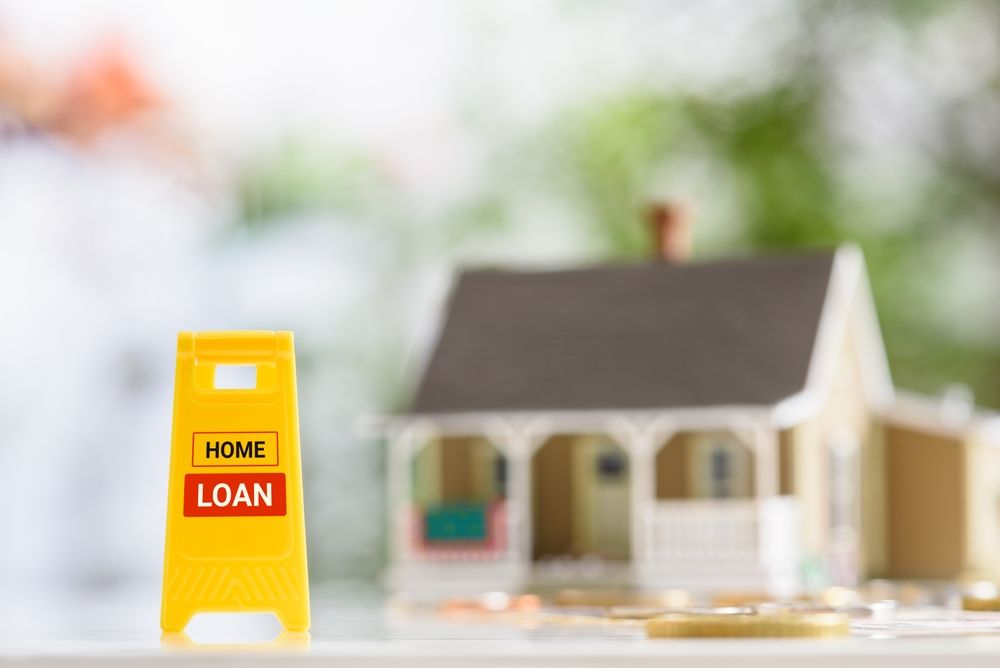
Welcome to a journey into the world of down payment assistance programs—a key that could unlock the door to your future home. Achieving homeownership is a significant milestone for many, but the road to this dream can be paved with financial challenges. One of the most daunting hurdles potential homeowners face is saving for a down payment. This is where down payment assistance programs come into play, offering a lifeline to those who are struggling to gather the necessary funds. In this article, we’ll explore how these programs work, who can benefit from them, and how they contribute to the broader goal of homeownership.
Understanding Down Payment Assistance Programs
Down payment assistance programs are designed to support potential homeowners in affording the initial costs associated with purchasing a home. These programs can be offered by a variety of entities, including federal and state governments, local housing agencies, nonprofits, and even some private sector lenders. The assistance can come in several forms: grants, low-interest loans, forgivable loans, or matched savings programs.
Grants are essentially free money that you don’t have to pay back, provided you meet certain conditions. Low-interest loans can make borrowing more affordable, while forgivable loans may be erased after a set period if you meet specific requirements, such as staying in the home for a certain number of years. Matched savings programs reward your saving efforts by matching your contributions, which can accelerate your ability to afford a down payment.
Understanding the variety of down payment assistance programs available is crucial. Each program has its own qualifications, such as income limits, credit score requirements, and homeowner education courses. Aspiring homeowners should research and apply for programs for which they are eligible, as this can significantly reduce the financial burden of a down payment.
Who Can Benefit from Down Payment Assistance?
Down payment assistance programs are not just for first-time homebuyers—although many are designed with them in mind. Repeat buyers or current homeowners looking to relocate or downsize may also find programs tailored to their needs. Typically, these programs aim to help individuals and families with lower to moderate incomes, though some programs are available regardless of income level.
Eligibility often hinges on factors like income, the purchase price of the home, and the location of the property. Some programs are targeted at certain professions that provide essential community services, such as teachers, healthcare workers, or first responders. Others may focus on veterans or active-duty military personnel.
It’s essential for potential applicants to understand that down payment assistance is not a one-size-fits-all solution. By carefully evaluating their financial situation and the specific conditions of various programs, eligible candidates can determine which form of assistance aligns best with their homeownership goals.
The Impact on Homeownership Rates
Down payment assistance programs can have a profound impact on homeownership rates, particularly in communities where economic barriers prevent individuals from amassing sufficient savings. By reducing the upfront cash required to purchase a home, these programs make homeownership more accessible, especially for minorities and underserved populations who have historically faced significant obstacles in the housing market.
Furthermore, the ripple effects of increased homeownership rates can be felt throughout communities. Homeownership is often associated with a number of positive outcomes, including greater neighborhood stability, improved educational performance among children, and increased civic engagement. As more people are able to purchase homes, these benefits can contribute to the overall health and vitality of communities.
How to Find and Apply for Down Payment Assistance
Finding and applying for down payment assistance programs can seem overwhelming, but there are resources available to help you navigate the process. Potential homebuyers should start by researching their state and local housing finance agencies, as they often have information on available programs. Additionally, HUD-approved housing counselors can provide guidance and assistance in identifying suitable programs.
When preparing to apply for down payment assistance, it is important to have your financial documents in order, including tax returns, pay stubs, and bank statements. Many programs also require homebuyer education courses, which can often be completed online. Staying organized and meeting all application deadlines will enhance your chances of receiving assistance.
Long-Term Benefits of Down Payment Assistance
The benefits of down payment assistance extend beyond just the moment of purchase. Homeowners who utilize these programs may find themselves in a better financial position in the long term. Lower initial costs can result in more manageable mortgage payments and the ability to maintain a savings buffer for other life expenses or emergencies.
Moreover, down payment assistance can serve as a stepping stone to building wealth through homeownership. As property values appreciate over time, homeowners build equity that can be leveraged for future financial needs, such as funding education or retirement. This intergenerational wealth can also provide a platform for future homeowners within families, contributing to a cycle of financial stability and prosperity.
Down payment assistance programs play a pivotal role in making homeownership a reality for many who might otherwise be excluded from the housing market. By understanding, accessing, and utilizing these programs, potential homeowners can overcome one of the most significant barriers to owning a home and enjoy the long-term benefits that come with it. As we strive for a more inclusive housing market, down payment assistance programs stand out as a valuable tool in promoting homeownership and the many advantages it brings to individuals, families, and communities.
